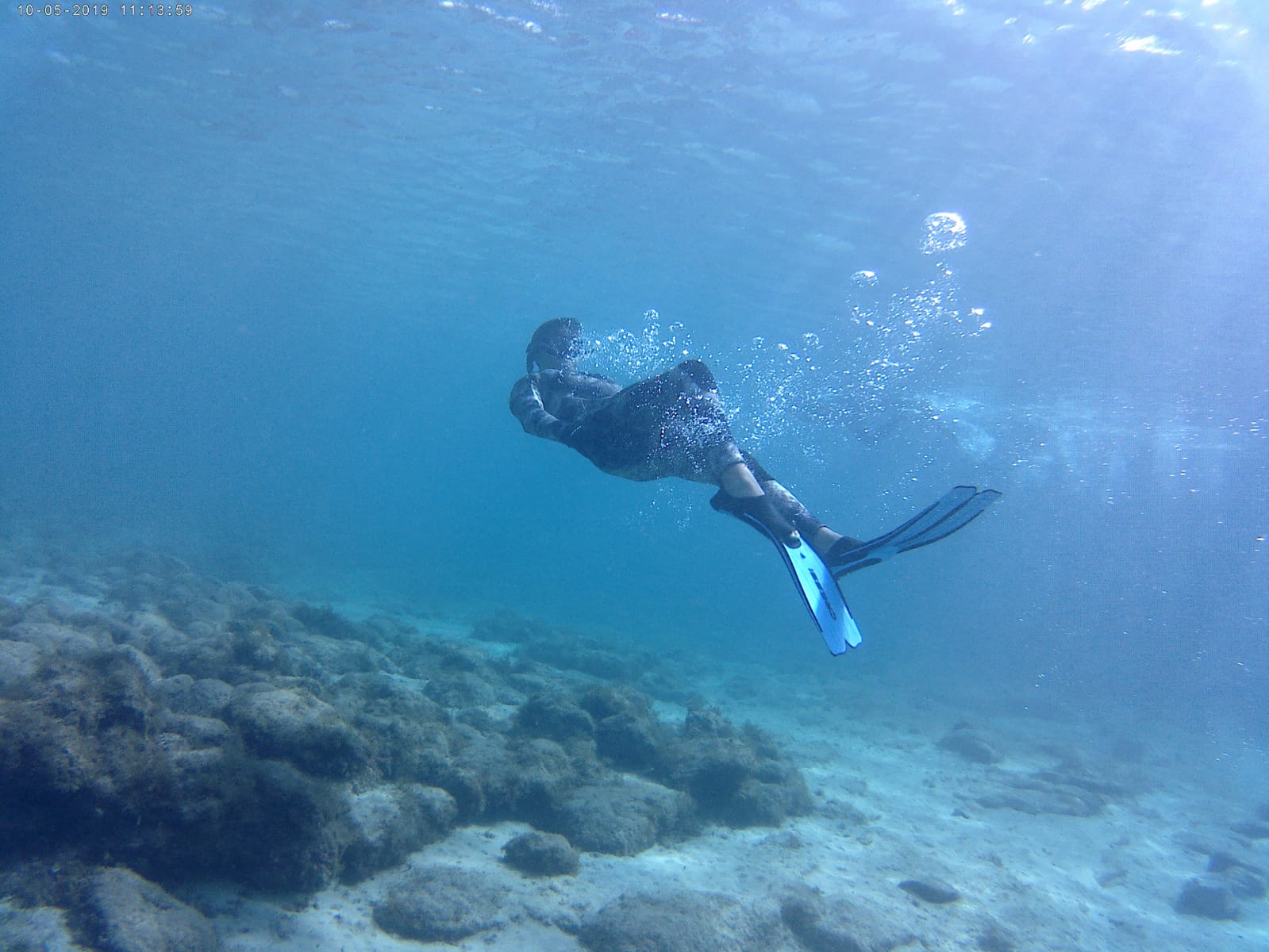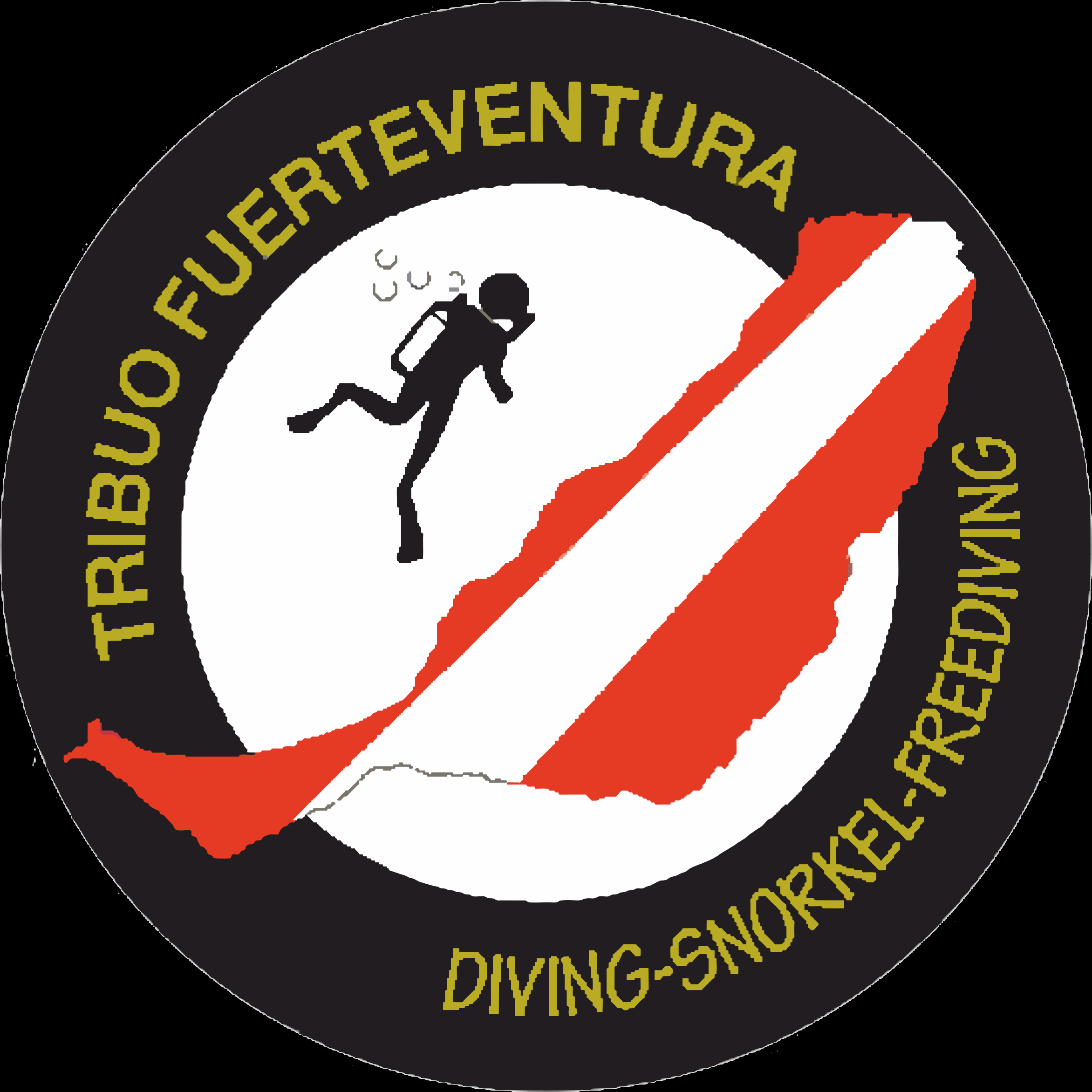THE COMPLETE GUIDE TO FREEDIVING: EXPLORING THE DEPTHS ON A SINGLE BREATH

Freediving, also known as breath-hold diving or apnea diving, is a captivating underwater sport that involves diving deep into the ocean on a single breath of air. Unlike SCUBA diving, which relies on tanks and breathing apparatus, freediving allows divers to experience the underwater world in its most natural form. This guide covers everything you need to know about freediving, from its history and techniques to safety tips and training methods.
A Brief History of Freediving
Freediving has ancient roots, dating back thousands of years. Early civilizations such as the Greeks, Persians, and Japanese practiced breath-hold diving for various purposes, including pearl hunting, sponge gathering, and spearfishing. One of the most famous historical accounts is that of the Ama divers of Japan, who have been diving for seafood and pearls for over 2,000 years.
In the modern era, freediving has evolved into a competitive sport and a popular recreational activity. Today, it attracts adventurers and ocean enthusiasts worldwide, who seek to explore the depths of the sea with minimal equipment and maximum connection to the aquatic environment.
The Basics of Freediving
Breath-Hold Techniques
The essence of freediving is the ability to hold your breath for extended periods. Key techniques include:
Diaphragmatic Breathing: This involves deep breathing using the diaphragm rather than shallow chest breathing. It helps to fully oxygenate the lungs and relax the body.
Equalization: As you descend, the pressure increases, and you must equalize the pressure in your ears and sinuses. Techniques like the Valsalva maneuver or the Frenzel maneuver are commonly used.
Body Position and Movement
Streamlining: Minimizing resistance by maintaining a streamlined position is crucial. Keep your arms above your head and your body straight.
Finning: Proper finning techniques, such as the dolphin kick or flutter kick, can enhance efficiency and conserve energy.
Relaxation and Focus
Mental calmness is vital in freediving. Techniques such as meditation and visualization can help divers stay relaxed and focused, reducing oxygen consumption and extending dive time.
Freediving Disciplines
Freediving encompasses various disciplines, each with unique challenges and rules:
Static Apnea: This involves holding your breath while floating on the water's surface, without any movement. It measures the maximum time you can hold your breath.
Dynamic Apnea: This discipline focuses on covering the maximum distance horizontally underwater, either with or without fins.
Constant Weight: Divers descend and ascend using a single breath, with fins or without, and without altering their weight.
Free Immersion: Divers pull themselves down and up a rope without the use of fins.
Variable Weight: Divers use a weight to descend and rely on their own strength to ascend.
No Limits: This is the most extreme form, where divers use a weighted sled to descend and an inflatable device to ascend.
Safety in Freediving
Safety is paramount in freediving. Here are essential safety tips:
Never Dive Alone: Always have a buddy who can assist in case of an emergency.
Know Your Limits: Avoid pushing your boundaries too quickly and respect your body's signals.
Learn Proper Techniques: Take courses from certified instructors to learn proper techniques and safety protocols.
Surface Interval: Allow adequate time between dives to recover and off-gas accumulated nitrogen.
Stay Hydrated and Nourished: Proper hydration and nutrition are crucial for maintaining energy levels and overall health.
Training for Freediving
Effective training is essential for improving breath-hold capacity and overall performance:
Breath-Hold Exercises: Practice static apnea and CO2/O2 tables to enhance breath-hold time.
Physical Fitness: Strengthen core muscles, improve cardiovascular fitness, and increase flexibility.
Yoga and Meditation: These practices can enhance lung capacity, relaxation, and mental focus.
Pool Training: Regular practice in a controlled environment helps refine techniques and build confidence.
Gear for Freediving
Freediving requires minimal equipment, but having the right gear can enhance your experience:
Mask: A low-volume mask reduces the amount of air needed to equalize pressure.
Snorkel: A simple, streamlined snorkel is ideal for surface breathing.
Fins: Long, flexible fins provide efficient propulsion with minimal effort.
Wetsuit: A well-fitted wetsuit keeps you warm and provides buoyancy.
Weight Belt: Used to achieve neutral buoyancy, allowing for easier descent and ascent.
The Freediving Community
Freediving has a vibrant and supportive community. Joining clubs, attending workshops, and participating in competitions can provide valuable learning opportunities and foster connections with fellow divers.
Conclusion
Freediving is a beautiful and challenging sport that offers a unique way to connect with the ocean. By mastering breath-hold techniques, maintaining safety, and engaging in regular training, you can explore the underwater world in its purest form. Whether you're diving for recreation, competition, or personal growth, freediving opens up a world of possibilities and profound experiences. So take a deep breath, dive in, and discover the wonders that lie beneath the surface.
A Brief History of Freediving
Freediving has ancient roots, dating back thousands of years. Early civilizations such as the Greeks, Persians, and Japanese practiced breath-hold diving for various purposes, including pearl hunting, sponge gathering, and spearfishing. One of the most famous historical accounts is that of the Ama divers of Japan, who have been diving for seafood and pearls for over 2,000 years.
In the modern era, freediving has evolved into a competitive sport and a popular recreational activity. Today, it attracts adventurers and ocean enthusiasts worldwide, who seek to explore the depths of the sea with minimal equipment and maximum connection to the aquatic environment.
The Basics of Freediving
Breath-Hold Techniques
The essence of freediving is the ability to hold your breath for extended periods. Key techniques include:
Diaphragmatic Breathing: This involves deep breathing using the diaphragm rather than shallow chest breathing. It helps to fully oxygenate the lungs and relax the body.
Equalization: As you descend, the pressure increases, and you must equalize the pressure in your ears and sinuses. Techniques like the Valsalva maneuver or the Frenzel maneuver are commonly used.
Body Position and Movement
Streamlining: Minimizing resistance by maintaining a streamlined position is crucial. Keep your arms above your head and your body straight.
Finning: Proper finning techniques, such as the dolphin kick or flutter kick, can enhance efficiency and conserve energy.
Relaxation and Focus
Mental calmness is vital in freediving. Techniques such as meditation and visualization can help divers stay relaxed and focused, reducing oxygen consumption and extending dive time.
Freediving Disciplines
Freediving encompasses various disciplines, each with unique challenges and rules:
Static Apnea: This involves holding your breath while floating on the water's surface, without any movement. It measures the maximum time you can hold your breath.
Dynamic Apnea: This discipline focuses on covering the maximum distance horizontally underwater, either with or without fins.
Constant Weight: Divers descend and ascend using a single breath, with fins or without, and without altering their weight.
Free Immersion: Divers pull themselves down and up a rope without the use of fins.
Variable Weight: Divers use a weight to descend and rely on their own strength to ascend.
No Limits: This is the most extreme form, where divers use a weighted sled to descend and an inflatable device to ascend.
Safety in Freediving
Safety is paramount in freediving. Here are essential safety tips:
Never Dive Alone: Always have a buddy who can assist in case of an emergency.
Know Your Limits: Avoid pushing your boundaries too quickly and respect your body's signals.
Learn Proper Techniques: Take courses from certified instructors to learn proper techniques and safety protocols.
Surface Interval: Allow adequate time between dives to recover and off-gas accumulated nitrogen.
Stay Hydrated and Nourished: Proper hydration and nutrition are crucial for maintaining energy levels and overall health.
Training for Freediving
Effective training is essential for improving breath-hold capacity and overall performance:
Breath-Hold Exercises: Practice static apnea and CO2/O2 tables to enhance breath-hold time.
Physical Fitness: Strengthen core muscles, improve cardiovascular fitness, and increase flexibility.
Yoga and Meditation: These practices can enhance lung capacity, relaxation, and mental focus.
Pool Training: Regular practice in a controlled environment helps refine techniques and build confidence.
Gear for Freediving
Freediving requires minimal equipment, but having the right gear can enhance your experience:
Mask: A low-volume mask reduces the amount of air needed to equalize pressure.
Snorkel: A simple, streamlined snorkel is ideal for surface breathing.
Fins: Long, flexible fins provide efficient propulsion with minimal effort.
Wetsuit: A well-fitted wetsuit keeps you warm and provides buoyancy.
Weight Belt: Used to achieve neutral buoyancy, allowing for easier descent and ascent.
The Freediving Community
Freediving has a vibrant and supportive community. Joining clubs, attending workshops, and participating in competitions can provide valuable learning opportunities and foster connections with fellow divers.
Conclusion
Freediving is a beautiful and challenging sport that offers a unique way to connect with the ocean. By mastering breath-hold techniques, maintaining safety, and engaging in regular training, you can explore the underwater world in its purest form. Whether you're diving for recreation, competition, or personal growth, freediving opens up a world of possibilities and profound experiences. So take a deep breath, dive in, and discover the wonders that lie beneath the surface.
